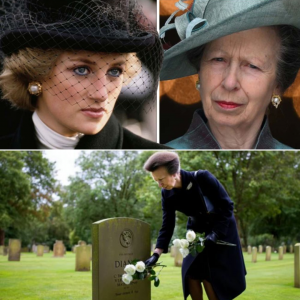Fifty years ago today, on Oct. 4, 1975, a single song transformed Willie Nelson from a struggling Nashville songwriter into a country music superstar. “Blue Eyes Crying in the Rain” reached number one on the country charts, launching one of the most legendary careers in music history.

How ‘Blue Eyes Crying in the Rain’ Changed Everything for Willie Nelson
According to the Country Music Hall of Fame, Written by Fred Rose in 1945, “Blue Eyes Crying in the Rain” had been recorded by many artists over the years—including Roy Acuff, Hank Williams, Ferlin Husky and Conway Twitty—but no one had ever made it a hit. Nelson’s stripped-down, haunting version changed that forever.
The song appeared on Nelson’s “Red Headed Stranger” concept album, which he recorded in just three days at a small Texas studio for $20,000. When Columbia Records executives heard it, they balked at its sparse, minimalist sound. They thought it was under-produced and unfinished. But Nelson had finally been given creative control, and he stood by his artistic vision.
Released as a single in July 1975, “Blue Eyes Crying in the Rain” began a slow but steady climb up the charts. By Oct. 4, 1975—exactly 50 years ago today—it reached the number one spot on the country charts. Even more impressively, it crossed over to the pop charts, reaching number 21 and introducing Nelson to a massive new audience.
The song’s success was immediate and profound. Columbia Records, the label that hadn’t wanted to release it, watched as the “Red Headed Stranger” album sold 2.5 million copies. In February 1976, “Blue Eyes Crying in the Rain” earned Nelson a Grammy Award for Best Country Vocal Performance—Male.
What Made This Song Launch Willie Nelson’s Superstardom?
The 92-year-old Nelson had been working in music for 15 years before this breakthrough, having moved to Nashville in 1960. He’d found success as a songwriter, penning classics like “Crazy” for Patsy Cline and “Hello Walls” for Faron Young. He’d even scored two Top Ten singles as a performer in 1962. But despite releasing numerous albums throughout the 1960s, he never quite connected with mainstream audiences.
His unique vocal style—singing slightly ahead of or behind the beat, influenced by Frank Sinatra—and his unconventional approach to country music made him an outsider in Nashville. By 1971, he’d returned to Texas, finding a more receptive audience in Austin’s progressive music scene.
“Blue Eyes Crying in the Rain” changed everything. The song’s success proved that Nelson’s artistic instincts were right. It established him as a major recording star and helped launch the Outlaw Country movement alongside Waylon Jennings. The minimalist production that Columbia executives feared actually became part of its appeal, showcasing Nelson’s distinctive voice and emotional delivery.
Willie Nelson’s Career After His First #1 Hit

Following this breakthrough, Nelson went on to achieve 20 number one country hits and 114 chart singles between 1962 and 1993. He sold more than 150 million albums worldwide and became one of country music’s most versatile and enduring talents.
He was inducted into the Country Music Hall of Fame in 1993 and received the Library of Congress Gershwin Prize for Popular Song in 2015. At 92, Nelson continues to perform and record, proving that one groundbreaking song can indeed kickstart a career that spans generations.
“Blue Eyes Crying in the Rain” remains a testament to the power of artistic integrity and the magic that happens when an artist finally gets the freedom to create on their own terms.






